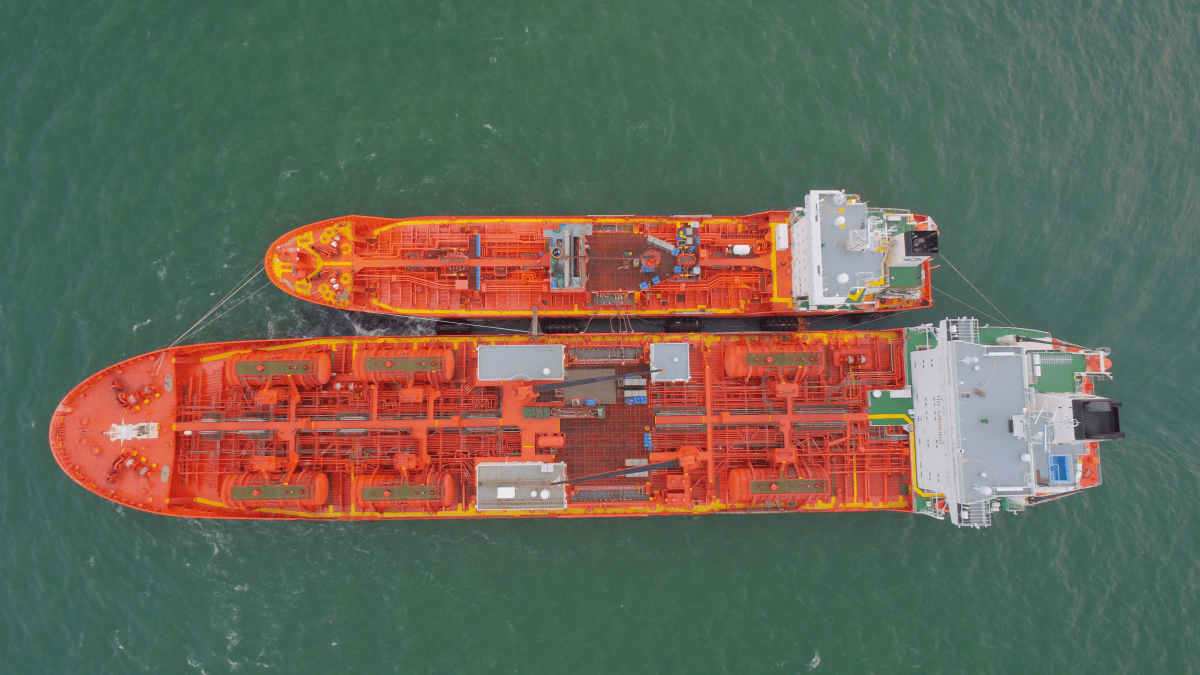Shipowners that employ slow steaming to reduce fuel consumption and emissions should consider a turbocharger cut-out to optimise efficiency gains
Increased engine and fuel efficiency are top priorities for shipowners as they push to reduce fuel consumption, CO2 emissions and meet new international environmental regulations. Among the steps that shipowners can take now are engine derating, turbocharger cut-out and turbocharger upgrade.
Accelleron, the new name for ABB Turbocharging, announcedin November a partnership with Hyundai Global Service (HGS) to offer an engine part-load optimisation (EPLO) service for shipowners seeking to cut emissions in line with IMO requirements. This is just one of the ways that the maritime industry can work towards the World Economic Forum’s goal of zero emission shipping by 2050.
Boosting engine efficiency – the maximum energy for the minimum cost – is a key goal for shipowners and operators, as is cutting fuel costs. Fuel costs can account for 40% to 50% of the ship’s operating cost, and very-low sulphur fuel oil (VLSFO) rose to US$1,037 per metric tonne on 9 March, according to Ship and Bunker. Getting every joule from your juice is a commercial imperative. Future fuels, like ammonia or methanol, are expected to be even more expensive.
“Turbochargers are tuned to perform most effectively under particular operating conditions”
Aside from commercial considerations, consuming less fuel produces fewer CO2emissions. This is not only an undisputed necessity in terms of fighting the climate crisis, but also a requirement under multiple regional and international regulations, that will only become more stringent in coming years. Notably, the Energy Efficiency Design Index for Existing Ships (EEXI) will make Engine Power Limitation (EPL) a key ingredient in reducing greenhouse gas (GHG) emissions.
Increasingly, too, charterers are making commitments to lower their environmental impacts and decarbonising their supply chain, with an inevitable impact on their logistics partners.
So, what are the immediate steps for owner-operators? Here are the basics of three approaches.
Engine derating
Slow steaming, or the reduction of a marine vessel’s sailing speed, is a well-established method to reduce both fuel consumption and emissions. A speed reduction of 10% might result in a 10-15% decrease in NOx emissions. It can also result in fuel savings in the region of 20%, with CO2emissions also reduced by 20%. Thanks to this relationship between fuel consumption, emissions and speed, relatively low levels of speed reduction can pay off handsomely.
Slow steaming may seem like a simple and effective solution. But there are complications. Any ship’s main engine is optimised to perform best within very specific parameters – including the speed at which it operates, often between 75% and 85% of its maximum power. Operating the engine outside these parameters will reduce its efficiency, minimising the positive benefits of slow steaming. Also, operating at lower speeds can increase wear and tear, the risk of failures and increase maintenance costs.
To reap the full benefits of slow steaming, temporary or permanent adjustments to the engine, such as the upgrades made by Norwegian tanker operator Odfjell, may well be required. In the case of Odfjell, Accelleron assessed the entire engine setup in order to provide Odfjell with an opportunity to optimise the engine to meet new power demands to lower emissions and provide improved fuel consumption.
“Turbocharger cut-outs improve fuel efficiency during slow steaming”
Initial work was performed on the chemical tanker Bow Sun, changing the design of the ship’s propeller and retuning its engine for low-load optimisation and to meet IMO NOx classification.
Accelleron modified the engine’s shims, exhaust, fuel-cam position, VIT parameters, cylinder liner insulation, and upgraded turbocharger components including the nozzle ring and compressor wheel.
Derating the engine for optimal power with the new propeller, along with engine retuning and turbocharger upgrades for optimal performance, has helped Odfjell to save money on operating costs and to reduce emissions. CO2emissions have been cut by 3%, while NOxis down by 20%, helpingBow Sunto maintain IMO compliance and meet IMO Tier I regulations.
Bow Sun is one of eight Poland-class chemical tankers in the Odfjell fleet that underwent upgrades.
Turbocharger cut-out
The work to ensure a vessel’s propulsion system is better optimised for slow steaming will inevitably also include attention to the turbochargers. Just like the engine, turbochargers are tuned to perform most effectively under particular operating conditions, and – once again – simply cutting the throttle will not yield the maximum possible efficiency gains unless the operation of turbochargers is optimised against the new conditions created by slow steaming.
Notably, the reduction in engine power settings might mean that fewer turbochargers need to be operational during slow steaming – and this will actually increase fuel efficiency. By installing a turbocharger cut-out system, the engine operator can disable one of its turbochargers during low-load operations. This, in turn, increases the efficiency of the remaining turbocharger(s), by returning their operating levels to within their normal parameters for optimum performance. Like engine derating, turbocharger cut-outs improve fuel efficiency during slow steaming – by 6-10 g/kWh – and also improve the reliability of the turbocharger by restoring its intended operating conditions, reducing incidences of smoke and deposits, as well as wear and tear.






